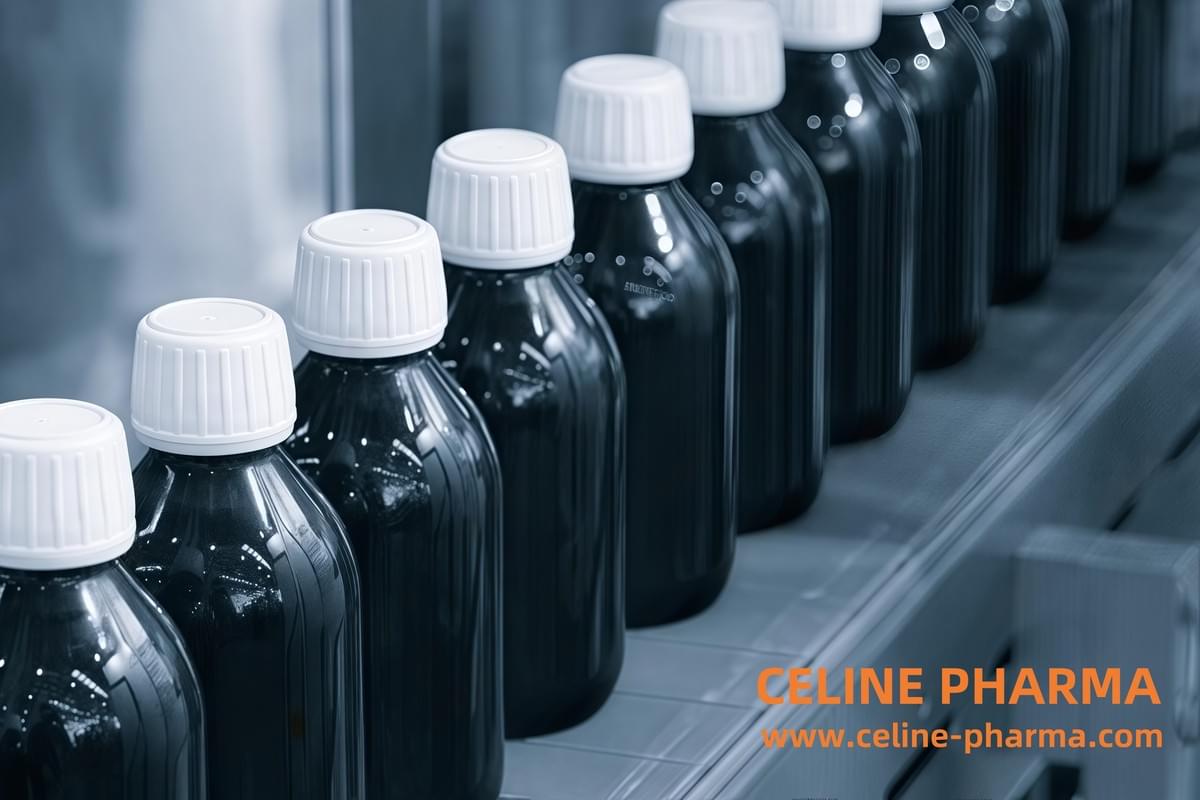Innovation and Development of Oral Liquid Integrated Production Lines
With the increasing focus on health in modern society, oral liquids have gained widespread application as a convenient pharmaceutical dosage form. In particular, the emergence of oral liquid integrated production lines provides an effective solution for production efficiency, quality control, and cost savings in pharmaceutical production. This article will explore the basic concepts, development history, and future application prospects of oral liquid integrated production lines.

1. Basic Concepts of Oral Liquid Integrated Production Lines
An oral liquid integrated production line generally refers to an automated production equipment system for the efficient production of oral liquid products. This integrated production line seamlessly integrates multiple production processes (such as batching, dissolution, filtration, filling, sealing, and packaging) through automated equipment and intelligent control systems, ensuring smooth operation throughout the entire process. This integrated approach enables the production line to complete the transition from raw materials to finished product in the shortest possible time, significantly improving production efficiency.
The greatest advantage of an oral liquid integrated production line lies in its high degree of automation and integration. Compared to traditional manual operations, integrated production lines not only reduce the risk of human intervention but also ensure consistency and stability in the production process. This is particularly important in the pharmaceutical industry, where even the slightest error can compromise the quality and safety of a drug.
II. The Development of the Oral Liquid Integrated Production Line
Oral liquid production initially did not rely on highly automated equipment; most process steps relied on manual labor. With the continuous development of the pharmaceutical industry and the growing demand for production efficiency, quality control, and cost management, the traditional production model gradually exposed numerous problems, such as errors caused by manual operation, low production efficiency, and non-standardized production processes.
Since the 21st century, with the continuous advancement of automation technology, intelligent control systems, and mechanical equipment, oral liquid production has gradually shifted towards automation. The introduction of automated equipment has made production more precise and efficient, while significantly reducing labor costs. This gave rise to the concept of the oral liquid integrated production line. By efficiently integrating various production links, the oral liquid integrated production line not only increases production speed but also enables stricter quality control, ensuring product consistency and safety.
III. Advantages of the Oral Liquid Integrated Production Line
The use of automated equipment significantly shortens the production cycle. Compared to traditional production methods, the integrated production line can complete multiple processes in a shorter time, seamlessly connecting different processes and avoiding delays caused by manual operation. The automated control system of the integrated production line precisely controls every production step, including the raw material ratio, dissolution temperature and time, and filling accuracy. These precise controls significantly improve product consistency, reduce the potential for human error, and effectively ensure the quality and safety of oral liquids.
The integrated production line reduces labor costs and, through precise automated control, reduces raw material waste. Furthermore, its efficient operation increases production capacity, enabling companies to flexibly respond to market demand fluctuations.
Good Manufacturing Practice (GMP) is a fundamental requirement for quality control in the pharmaceutical industry's production process. Through rigorous automated control and process monitoring, the integrated production line ensures GMP compliance, thereby guaranteeing drug quality and safety.
IV. Challenges and Future Development of the Integrated Production Line
Although the integrated production line offers significant advantages in production efficiency and quality control, it also faces some challenges in practical application. First, the high cost and technical requirements of the equipment make it unaffordable for many small and medium-sized enterprises. Second, equipment maintenance and upgrades require professional technical support, increasing operating costs.
Furthermore, as consumers' demand for personalized health continues to grow, the types and specifications of oral liquid products are becoming increasingly diverse. How to meet the demands of diversified product production through integrated production lines will become a key issue in the future of oral liquid production. With the further development of technologies such as artificial intelligence, big data, and the Internet of Things, integrated production lines for oral liquids are expected to achieve more intelligent production, enabling flexible adjustments based on diverse needs, and improving adaptability and personalization of production.

